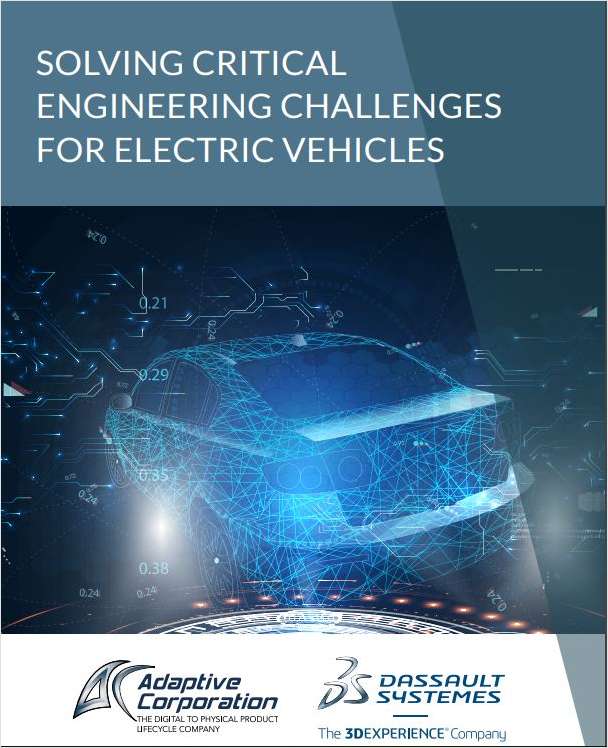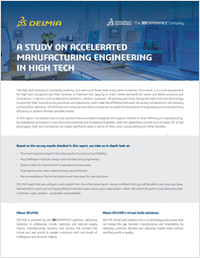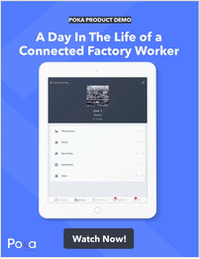Request Your Free White Paper Now:
"Solving Critical Engineering Challenges for Electric Vehicles"
As an engineer in the mobility manufacturing space, you and your company are facing one of the most radical transformations in the transportation industry since mass production.
Modern manufacturers are rewriting the rules of vehicle operation as they shift from manual, mechanical platforms to autonomous, electric ones.
A few of the innovations include:
- High-performance propulsion systems driven by densely packed battery arrays.
- Autonomous and safety systems powered by complex radar and vision systems.
- Vehicle connectivity through machine-to-machine communication with powerful antennas and sensors.
These new systems present tremendous challenges for engineering.
Manufacturers are looking to resolve big problems with many variables, like boosting battery life and capacity, raising the power generated from electric motors, avoiding thermal runaway of battery fires after a crash, and testing complex radar and vision systems.
Simulation can help you gain an accurate view of which design variables affect performance. But enabling early, frequent, and pervasive analyses of physics to see which satisfies the requirements in these electrification scenarios is no simple task.
Most organizations use a disjointed and manual approach involving a cobbled-together combination of spreadsheets, documents, shared drives, computer-aided design (CAD) applications, and simulation tools.
You are left with a high probability of inaccuracies due to manual entry and propagation of revisions, unclear requirements, and no connectivity between tools. You also have no controlled process to share near real-time information with engineers in other disciplines, such as in electrical and electronics.
In the end, you end up with multiple rounds of revisions, project delays, and costly errors. You can lose hours, if not days or even weeks, of your time and productivity while missing the product release deadline.
Digital Design Simulation is a powerful tool to help you uncover solutions to all of these challenges. With this process you can make a significant difference in creating optimized designs. But instead of just telling you, let's walk you through the process.
Offered Free by: Adaptive Corporation
See All Resources from: Adaptive Corporation






